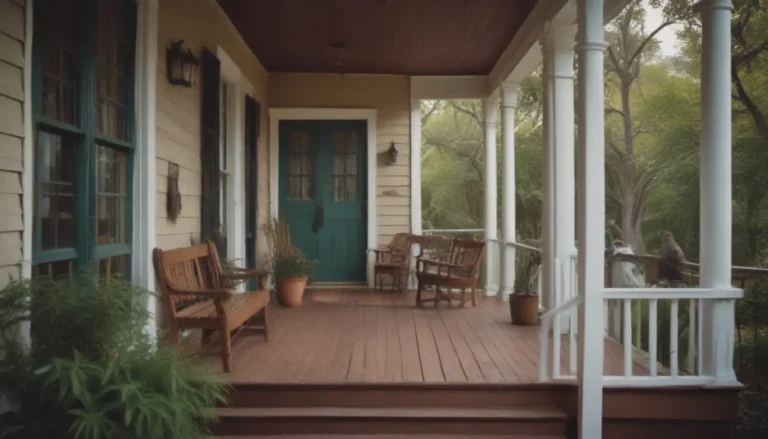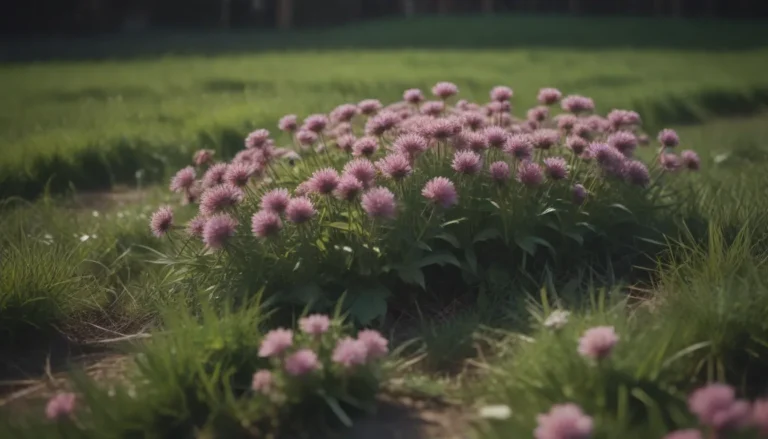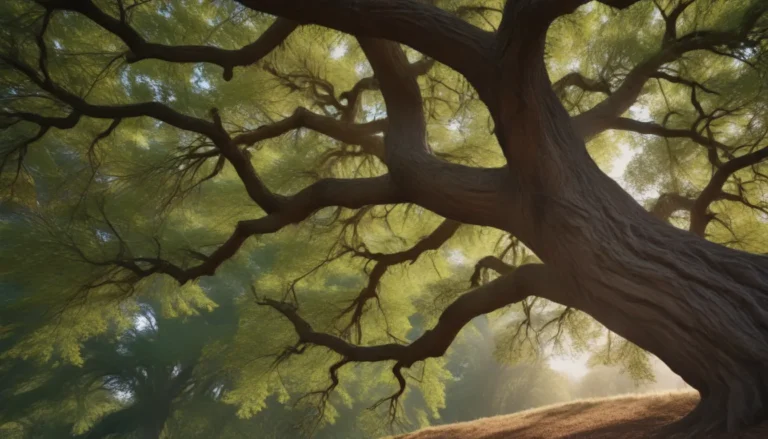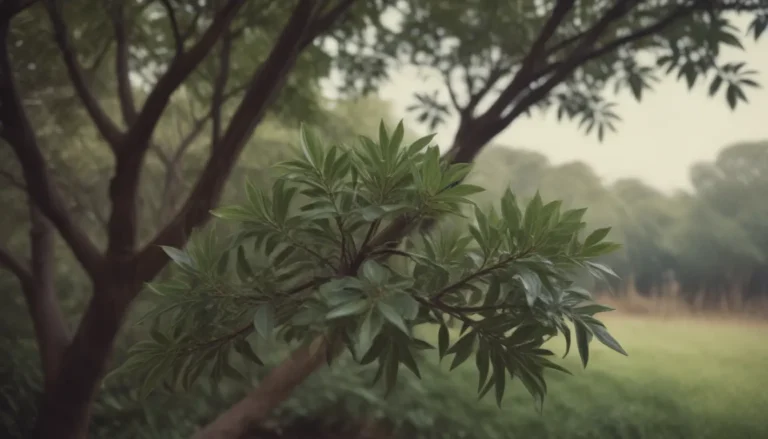Everything You Need to Know About Linden Trees for Your Landscape
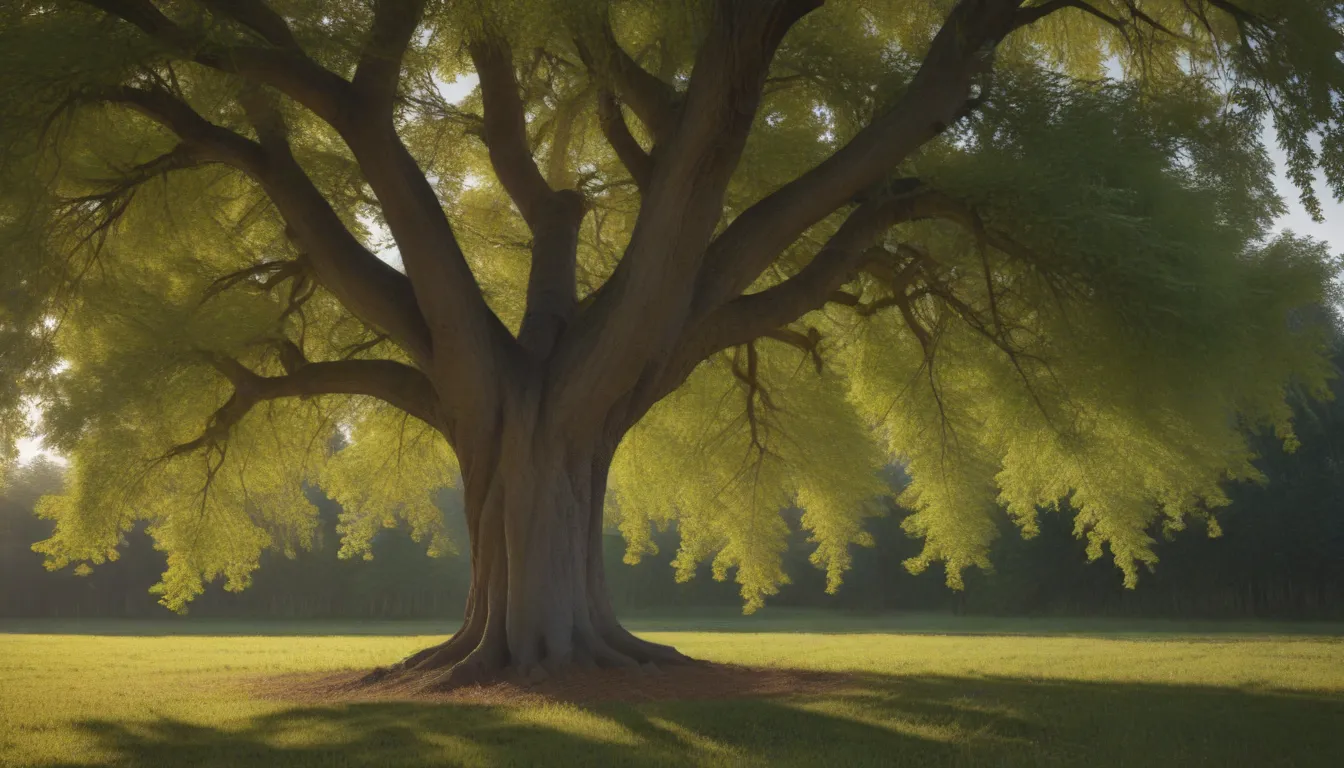
Linden trees, belonging to the Tilia genus, are a beautiful addition to any landscape. With approximately 30 species native to North America, Europe, and Asia, these deciduous trees are known for their iconic heart-shaped leaves and fragrant flowers that attract bees and butterflies. Lindens are medium to large shade trees that provide not only aesthetic appeal but also environmental benefits. In this article, we will explore 10 species of linden trees that you can consider for your landscape, along with valuable tips and information to help you make an informed decision.
Introduction to Linden Trees
Linden trees are also known as lindens or limes in Europe, while North American species are commonly referred to as lindenwood or basswood trees. These trees have thick, pillar-like trunks with dark bark that develops furrows as the tree matures. They are characterized by strong horizontal branches that create a dense pyramidal or rounded growth habit. Lindens are important for bees as they forage the trees for pollen and nectar, making them an essential part of the ecosystem.
Benefits of Linden Trees:
- Provide shade and aesthetic appeal to your landscape
- Attract bees and butterflies with their fragrant flowers
- Can be deer-resistant depending on the species
- Have a unique appearance with heart-shaped leaves
When choosing linden trees for your landscape, it’s important to consider the specific species and their characteristics to ensure they thrive in your environment. Each species has its own unique features, growing requirements, and benefits. Let’s explore 10 species of linden trees that you can consider planting in your yard.
10 Species of Linden Trees for Your Landscape
- American Basswood
- USDA Hardiness Zones:
- Light:
- Soil:
- Mature Size:
-
Deer Resistant:
-
Carolina Basswood
- USDA Hardiness Zones:
- Light:
- Soil:
- Mature Size:
-
Deer Resistant:
-
European Linden
- USDA Hardiness Zones:
- Light:
- Soil:
- Mature Size:
-
Deer Resistant:
-
Crimean Linden
- USDA Hardiness Zones:
- Light:
- Soil:
- Mature Size:
-
Deer Resistant:
-
Henry’s Lime
- USDA Hardiness Zones:
- Light:
- Soil:
- Mature Size:
-
Deer Resistant:
-
Large-Leaved Lime
- USDA Hardiness Zones:
- Light:
- Soil:
- Mature Size:
-
Deer Resistant:
-
Little-Leaf Linden
- USDA Hardiness Zones:
- Light:
- Soil:
- Mature Size:
-
Deer Resistant:
-
Silver Linden
- USDA Hardiness Zones:
- Light:
- Soil:
- Mature Size:
-
Deer Resistant:
-
White Basswood
- USDA Hardiness Zones:
- Light:
- Soil:
- Mature Size:
-
Deer Resistant:
-
Weeping Silver Linden
- USDA Hardiness Zones:
- Light:
- Soil:
- Mature Size:
- Deer Resistant:
Each species of linden tree offers unique characteristics that make them suitable for different landscapes. Whether you’re looking for a fast-growing shade tree or a tree that thrives in urban conditions, there is a linden species that will meet your needs.
Tips for Growing Linden Trees:
- Choose a linden species that is suitable for your climate and growing conditions
- Consider the mature size of the tree and make sure it has enough space to flourish
- Prune the tree properly to maintain its shape and health
- Monitor for pests and diseases that may affect the tree’s growth
Additional Information on Linden Trees
In addition to the 10 species of linden trees mentioned above, there are many other types of trees that you can explore for your landscaping needs. Fragrant linden trees have a complex tie to occasional bumble bee deaths, making them an important part of the ecosystem. Furthermore, linden trees have been studied for their ecophysiology under ozone fumigation, highlighting their importance in environmental research.
Resources for Further Reading:
- University of Minnesota: Fragrant linden trees and their impact on bumble bee populations
- Atmospheric Pollution Research: Ecophysiology of Tilia Americana under ozone fumigation
- New York State Integrated Pest Management Program: Disease and insect-resistant ornamental plants
- Urban Forestry & Urban Greening: Air pollution removal by trees in public green spaces
By incorporating linden trees into your landscape, you not only enhance the beauty of your surroundings but also contribute to the well-being of the environment. Whether you choose an American linden or a European hybrid, these trees provide shade, attract pollinators, and add a touch of elegance to any outdoor space.
Next time you’re considering adding trees to your landscape, remember the many benefits that linden trees have to offer. Happy planting!
